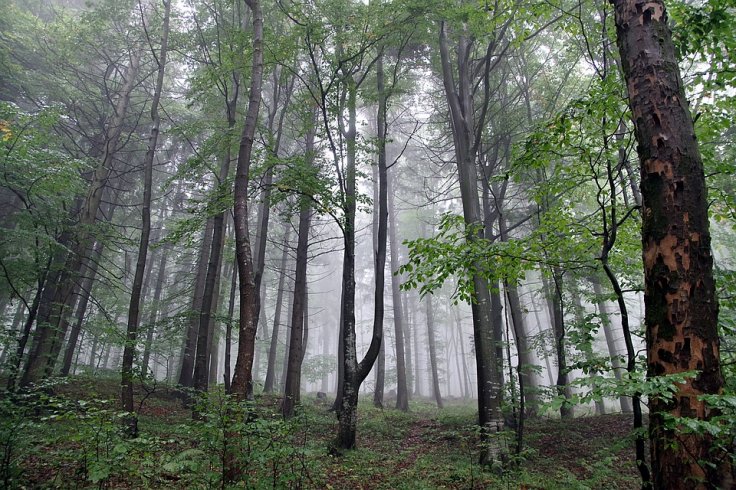
Fires on the edges of tropical forests and their alteration by land use make these hot ecosystems lose their shape and stability bringing a sudden, even catastrophic, transformation of land from trees to grass, researchers have found.
In a study published in the journal Ecology Letters, the new knowledge could help protect these tropical forests and allow land managers to build new tools to predict the stability of both individual forest patches and larger regional-scale forests.
Tropical forests have been called the lungs of the planet. They soak up vast quantities of carbon dioxide, hold the world's greatest diversity of plants and animals, and employ millions of people.
The researchers, using high-resolution satellite data from protected forests in the savanna region of the Brazilian Cerrado, found that the shape of these natural forests follows a predictable mathematical relationship between a forest's perimeter and its area -- regardless of its climate region or its size.
They call this a "3/4 power law" and it roughly means the forests all tend toward shapes that are neither skinny like a line nor round and smooth like a circle.
"If a forest could grow easily in all directions, we'd expect a circle. But what we actually see is more dendritic, a bit like an octopus or deformed circle," said lead author Laurent Hebert-Dufresne from the University of Vermont.
The team of researchers showed that the 3/4 law holds true for tiny forest fragments not much bigger than a basketball court up to large forest patches covering dozens of square miles.
The results of the researcher's model matched the observed results from real forests in Brazil.
And an experiment the researchers ran on their model shows that the fate of forest patches over time -- whether they expand or contract -- is determined by their initial shape.
Those with compact shapes of all sizes, over time, converge on the more octopus-like 3/4-power-scaling relationship, while those with skinny shapes and larger perimeter-to-area ratios collapsed, disappearing into grasslands or fragmenting into very small patches.
(IANS)









